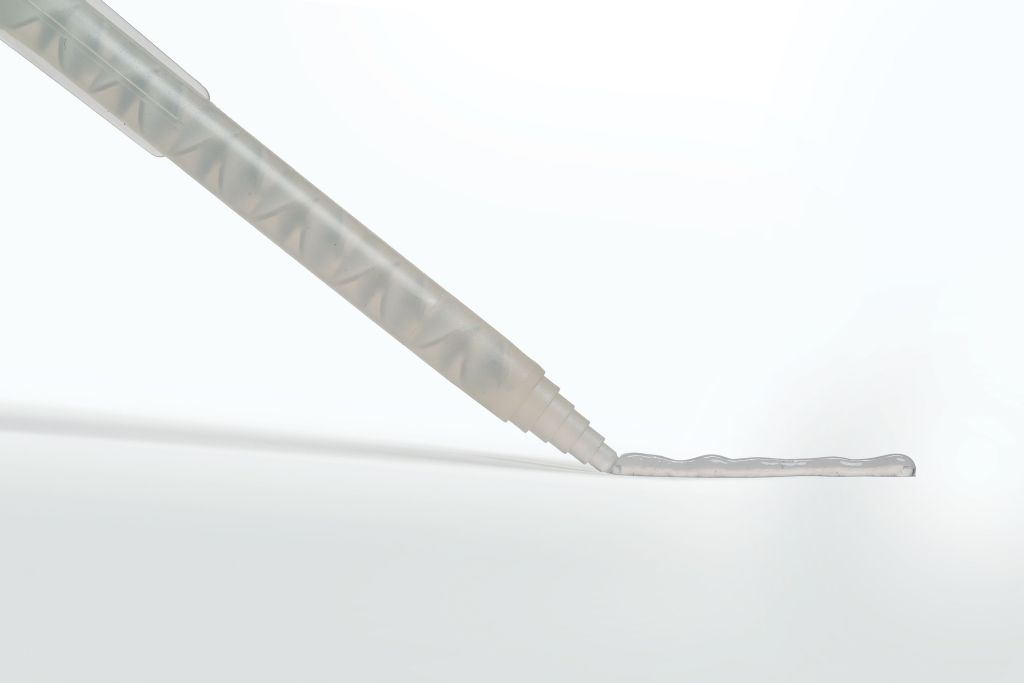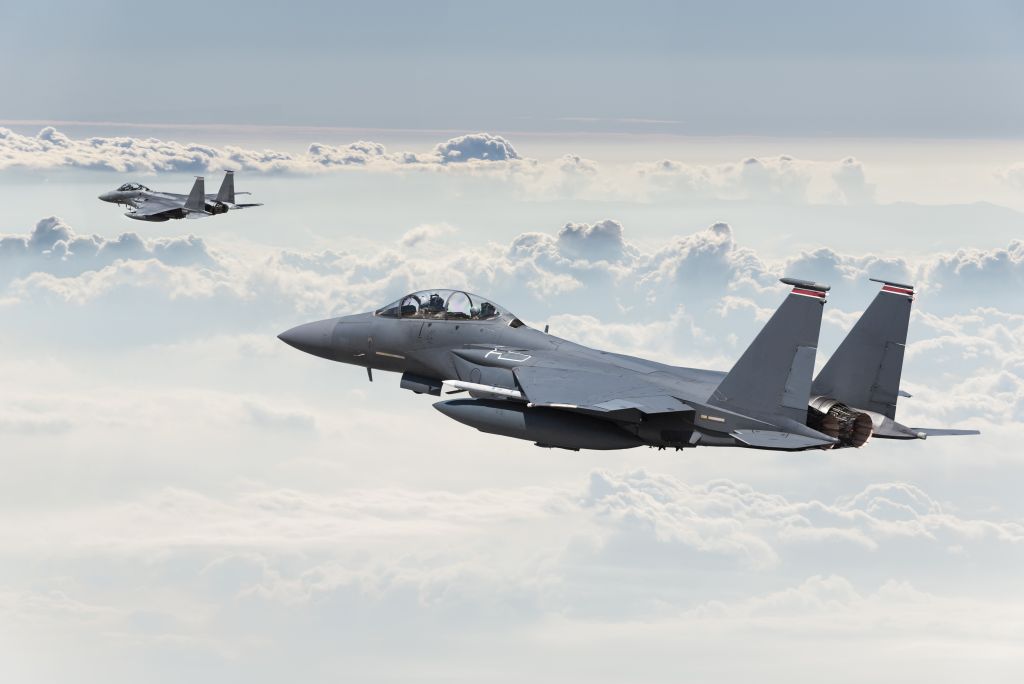Setting science in motion

When it comes to choosing fluorosilicones, NuSil’s applications engineer, Michelle Velderrain outlines the key considerations for mission-critical aerospace applications.
In the 1960s, the United States Air Force discovered that silicone-based sealants, coatings and other materials on their aircraft required more frequent repairs or failed prematurely when exposed to fuels.
They found the problem stemmed from the type of silicones that were standard at the time. These silicones, called dimethyl silicones, easily absorb fuels, crude oil, de-icing fluids and other hydrocarbon-based solvents. Absorbing these liquids causes dimethyl silicones to swell, weakening the silicone network with a negative impact on mechanical properties and loss of dimensional shape. For example, in a fuel-exposed gasket or seal, the swell can cause expansion and cracking, creating a breach that can lead to numerous issues, ranging from unscheduled downtime to increased maintenance to catastrophic failure.
The Air Force needed a material solution that could withstand three key stresses: low high-altitude temperatures, heat from engine exhaust, and UV exposure. The solution needed to also provide the high-performance level these applications demand.

Dimethyl silicone offers thermal stability in many applications; however, sunlight exposure, over time, can cause the material to crack. Fluorosilicones proved to be the solution. They resist swell and maintain dimensional shape and physical properties because they are formulated to be less soluble to fuels and organic solvents. This aids in preventing mechanical failures caused by exposure to hydrocarbons. Silicones in general resist breakdown at very high temperatures while maintaining flexibility at extremely low temperatures.
Decades after the solution went into service, fluorosilicones are now recognised as a material that provides reliable protection from breakdown, even against prolonged exposure. Widely used across a variety of military and civilian aircraft components, their versatility makes them ideal for a range of applications, including: Adhesives and sealants for wire staking, bonding components and sealing joints that have different coefficients of thermal expansion to prevent warpage and delamination; Attaching composite materials to aircraft exteriors; Coatings or sheeting for the outer mould line of aircraft and fuel cells; Very thin coatings applied onto windshields and other surfaces; Electrically conductive gap fillers to fill small cavities between aircraft surfaces; Gels and foams for potting and encapsulating sensitive electronics; Moulded parts, including gaskets and bushings, used in or near engine compartments or fuel tanks.
Fluorosilicones are a versatile material available in a variety of forms and cure chemistries, making them ideal for applications like moulding compounds, paints, coatings and one- or two-part adhesives. This provides aircraft manufacturers optimal processing and application efficiency while providing options based on the end-use chemical and physical requirements.
An experienced silicone technology partner can customise formulations to include the addition of functional fillers, adjustable cure times and other processing requirements. Formulations can also be customised with colour matching to AMS-STD-595 or PMS.
Making the right choice
The first step is to determine whether the application requires a fluorosilicone, and that determination is made based on two primary factors: the operating environment and/or the silicone product’s hydrocarbon exposure during the aircraft’s flight, fuelling or maintenance. Consider whether the material solution must include these characteristics: Resists swell when exposed to hydrocarbons; Resists breakdown when subjected to high temperatures above 200°C; Resists cracking when exposed to UV rays; Maintains flexibility at extreme, low temperatures below -40°C; Maintains softness and pliability to reduce stress
Aircraft applications require that materials meet stringent specifications, making it essential to properly validate a fluorosilicone’s functional characteristics against the military specification MIL DTL 25988C. which outlines testing requirements for elastomers that are included in this specification.

Testing the elastomer’s performance can help ensure the solution demonstrates superior stability while resisting degradation from fuel exposure and temperature extremes.
Thermal stability: The elastomer’s ability to resist mechanical breakdown, thermal stability ensures the fluorosilicone can function properly during operation as well as reduce downtime and repair. Thermogravimetric analysis (TGA) is widely accepted to evaluate the thermal stability of polymeric materials, such as silicones and fluorosilicones. It evaluates changes in mass when exposed to incremental temperature changes over time.
Weight loss: This test uses a convection oven to evaluate how the fluorosilicone reacts when exposed to high-heat conditions for an extended time.
Swell: The swell test measures the percentage of mass change that occurs when a material absorbs hydrocarbons.
It’s essential to work with a silicone technology partner who possesses more than an understanding of silicone chemistry; they must offer deep expertise in each unique application and key performance requirements. Additional partner considerations include a provider compliant with all relevant regulations as well as an established flight heritage. And, just as importantly, look for a partner willing to take a collaborative approach in working with your team to find the best possible solution.
Failure is not an option in aircraft systems. Fluorosilicones can be an ideal solution for applications that would typically cause other silicone materials to break down prematurely or fail. Understanding these specialised elastomers, how they perform in extreme conditions and what to consider when developing a solution can help pinpoint the best material for your aircraft application.
Reducing cure time
A major US-based aviation company needed to significantly reduce the cure rates for adhesives, spray-on coatings and gap-fill materials. Faster cure times would allow the company to reduce downtime, operational complexity and costs.
Avantor company, NuSil’s experts optimised product formulations, adjusting the ratio of certain components to initially reduce cure times from seven days to 72 hours. Further formulation improvements reduced cure time to just eight hours for the fluorosilicone films and self-adhering sealant strips — a 95% decrease.
Reducing the downtime from one week to essentially one shift increased aircraft availability for critical missions and potentially lowered the cost of maintenance. The solution also gave fleet managers more flexibility in scheduling quick turnaround requests.













